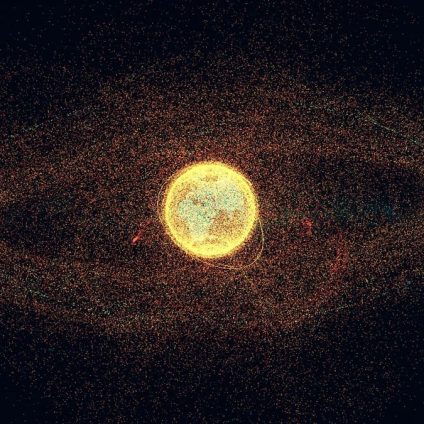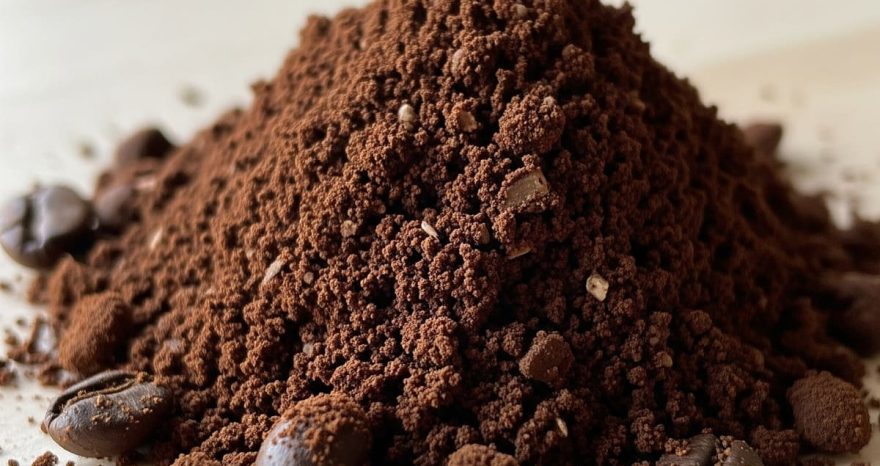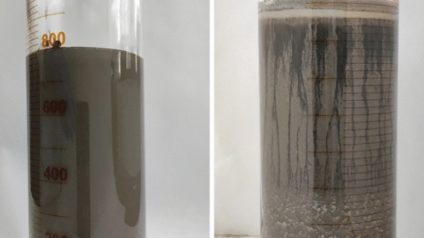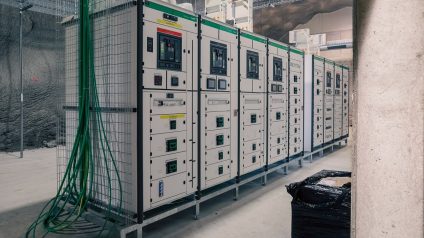The growing presence of space debris poses an urgent threat to satellites, human spaceflight, and the future of orbital missions.
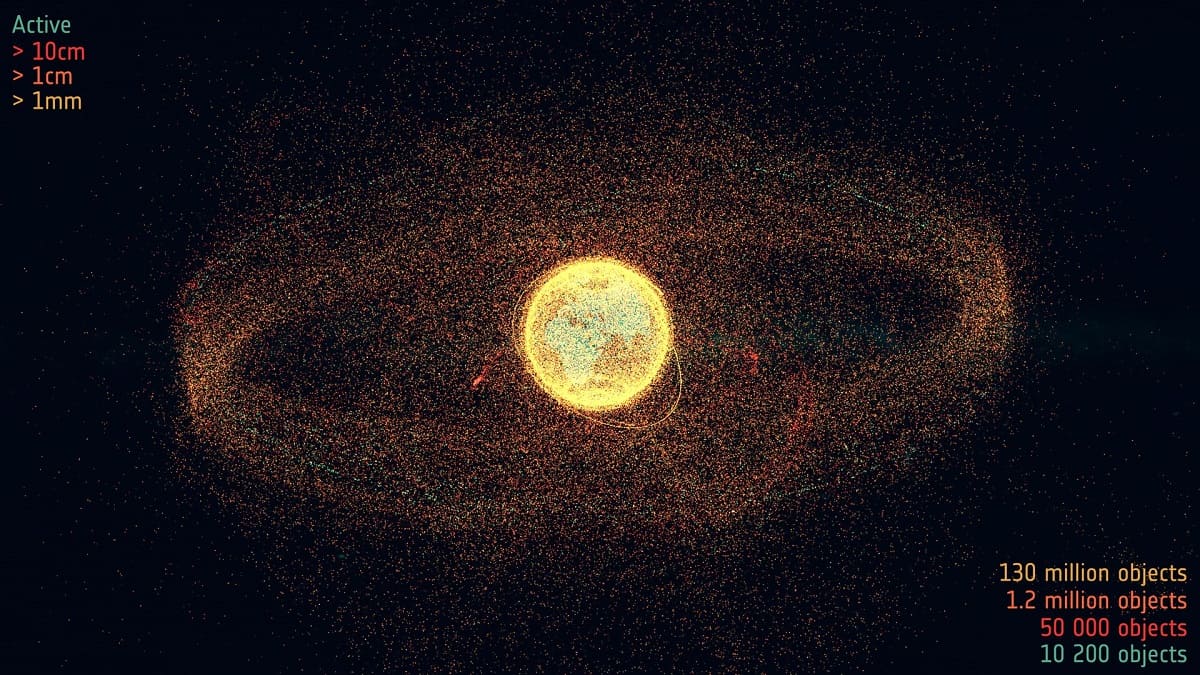
Tiny fragments, massive threats to orbital assets
The problem of waste management extends far beyond Earth. For years, trash has also entered orbit, with thousands of pieces of space debris now circling the planet.
This growing issue is under close observation by space agencies, as orbital debris poses a serious threat to the safety of missions, commercial satellites, and human space exploration. According to the latest Space Environment Report 2025 from the European Space Agency (ESA), more than 1.2 million fragments larger than 1 cm are currently orbiting Earth. Around 50,000 of those objects exceed 10 cm in size. A collision between debris and active spacecraft could be catastrophic.
High-impact risks
Even the smallest fragments represent a serious hazard for satellites and the International Space Station. Traveling at speeds over 17,000 mph (28,000 km/h), they can inflict major damage upon impact. A functioning satellite could be disabled, ending its mission prematurely.
Space debris crowding low Earth orbit
ESA’s report highlights the growing congestion in low Earth orbit (LEO), around 340 miles (550 kilometers) above the planet. This is where many of today’s commercial satellite constellations operate, including systems like Elon Musk’s Starlink. The increased density of objects in this region elevates the risk of collisions, potentially triggering a chain reaction known as the Kessler syndrome, which could render certain orbital zones unusable.
What ESA is doing to tackle space debris
Since 2017, ESA’s Space Debris Office has published an annual space environment report to offer a detailed overview of global space activities and propose mitigation strategies. Despite these efforts, the volume of orbital debris continues to grow at a rapid pace. In 2024 alone, multiple fragmentation events added more than 3,000 new objects to space.
Rules and guidelines for orbital safety
In response, international space agencies have introduced a series of debris mitigation standards, particularly affecting the commercial sector. Roughly 90% of rockets launched into LEO now comply with the global guideline that requires atmospheric reentry within 25 years of mission end. Moreover, 80% already meet ESA’s stricter 2023 directive, which reduces that limit to just five years.
A cleanup mission, ClearSpace-1, is scheduled for 2028 and aims to actively remove a defunct object from orbit. Complementing this is the “Zero Debris Charter,” which targets the complete elimination of orbital waste starting in 2030. The initiative involves both public and private international partners.
Human spaceflight increasingly at risk
With NASA’s Artemis missions planning a return to the Moon as a stepping stone toward Mars, protecting human spaceflight becomes critical. Keeping low Earth orbit safe is only part of the challenge. The cis-lunar region, the space between Earth and the Moon, is emerging as a strategic area where maintaining debris-free orbits will be vital to securing future missions with astronauts on board.


